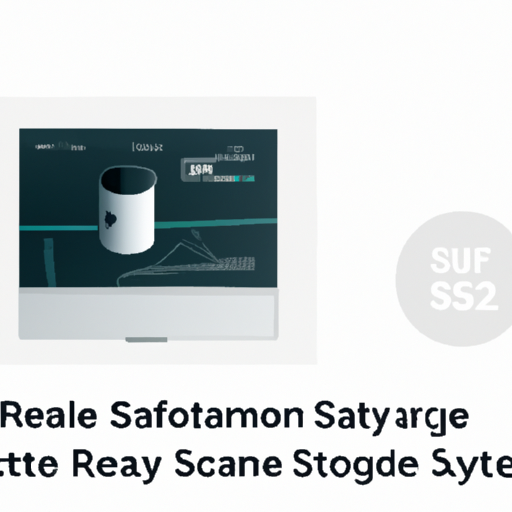 Setting up your smart home security system can be a breeze, especially with a DIY-friendly option. Manufacturers provide installation instructions and guidelines, so be sure to give them a read before getting started as each system may vary.
Setting up your smart home security system can be a breeze, especially with a DIY-friendly option. Manufacturers provide installation instructions and guidelines, so be sure to give them a read before getting started as each system may vary.
If you’re keen on tackling the installation yourself, most systems will have steps like planning where to place components such as cameras, motion detectors, sensors, and the central hub. Consider which areas of your home need close monitoring and the range of your chosen devices.
The central hub is crucial as it connects all your security devices, so make sure to set it up in a central spot in your home. The manufacturer should provide instructions on connecting it to your wifi network.
When it comes to installing cameras, position them to cover entry points and high-traffic areas within wifi range of the central hub. Cameras can usually be mounted with adhesive strips or screws and connected to the hub as per the manufacturer’s instructions.
Door and window sensors should be attached to detect when they are opened, while motion detectors should be placed in areas where movement needs to be detected. Follow the manufacturer’s instructions for optimal mounting height and angle.
If your system includes smart locks, ensure your door is compatible before purchasing and follow the manufacturer’s instructions for installation.
Once everything is installed, use the mobile app to configure settings like motion sensitivity, camera preferences, and alert notifications.
To ensure everything is working smoothly, test each component by triggering sensors yourself and checking camera feeds.
If your system includes monitoring services or smart home automation features, manage them through your mobile app. With these steps, you’ll have your smart home security system up and running in no time!